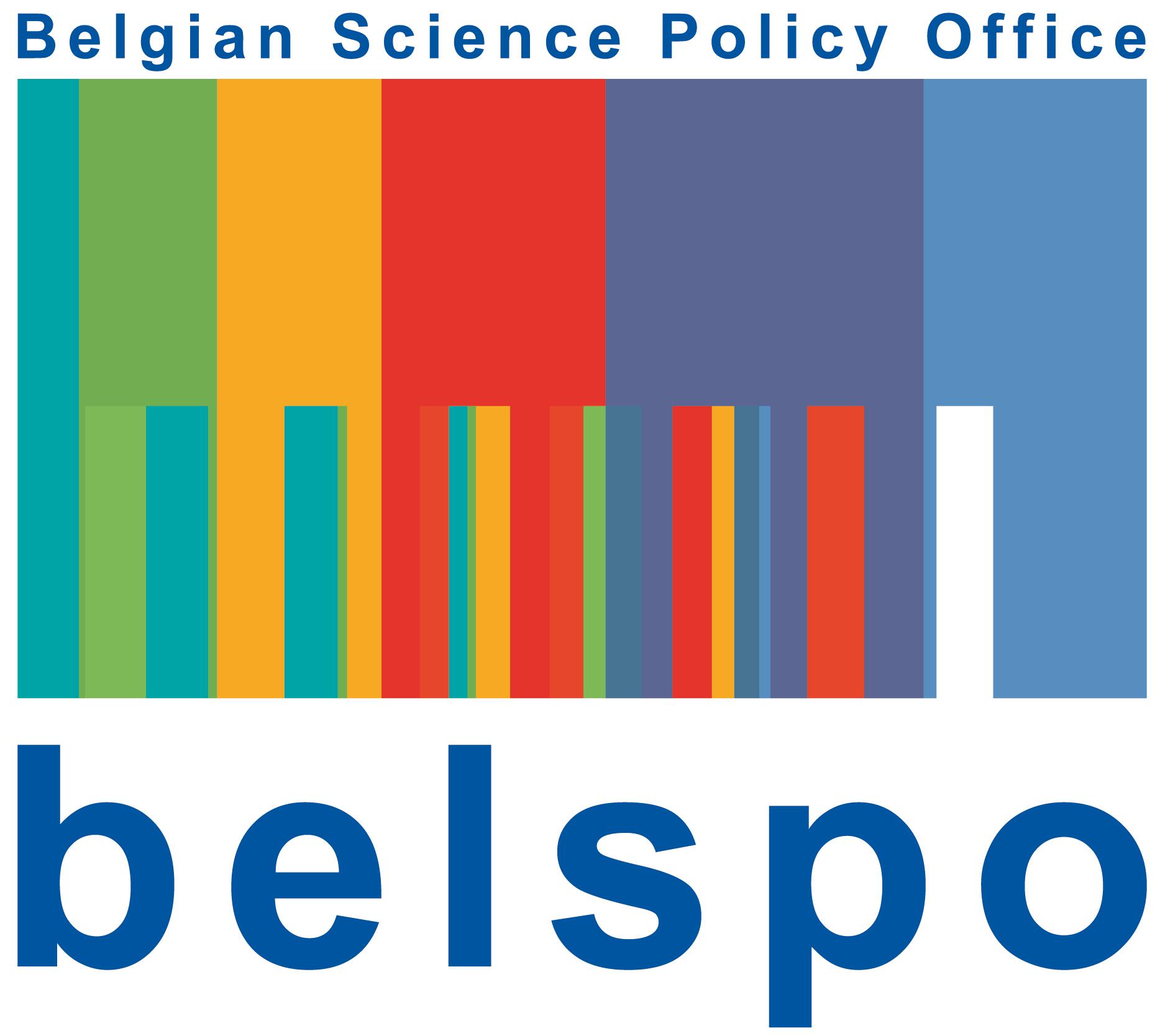-
Share this page
MOSQUIMAP project
Mapping urban malaria vector habitat suitability using very-high resolution imagery
Description
Malaria is often regarded as a rural disease, but its transmission risk does persist in urban areas, where it is highly focal and related to the local presence and abundance of vectors. Up to now, the spatial heterogeneity of intra-urban malaria has not been captured in large-scale risk-mapping initiatives. Considering the rapid pace of urbanization in developing countries, this poses a challenge to global malaria eradication. The general objective of MOSQUIMAP was to showcase the contribution of Earth Observation to urban malaria control in a context of epidemiological and entomological data scarcity. The main innovations lie in (i) the use of very-high resolution imagery for the study of urban malaria in sub-Saharan Africa (ii) the heavy integration of vector ecology knowledge in the process, and (iii) the replicability of the method. Focusing on Dakar, Senegal, the identification of key criteria influencing vector habitat suitability, their translation into geospatial layers, as well as the assessment of their relative importance is a major outcome of the study that can serve as a basis for replication in other sub-Saharan African cities. The patterns displayed in the hazard and risk maps reflect the high degree of heterogeneity that exists throughout the metropolitan area, due to the influence of environmental factors and urban deprivation.
Period
2021
Funding
Research funded by BELSPO (Belgian Science Policy, research project SR/11/398).

